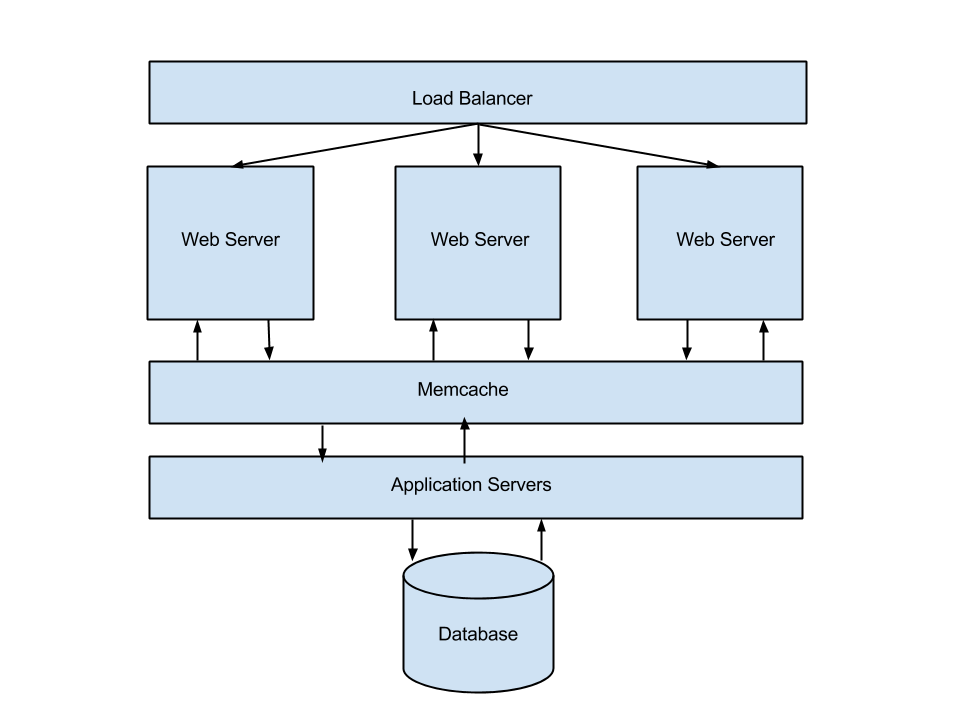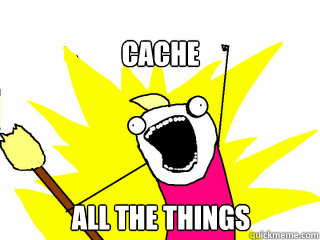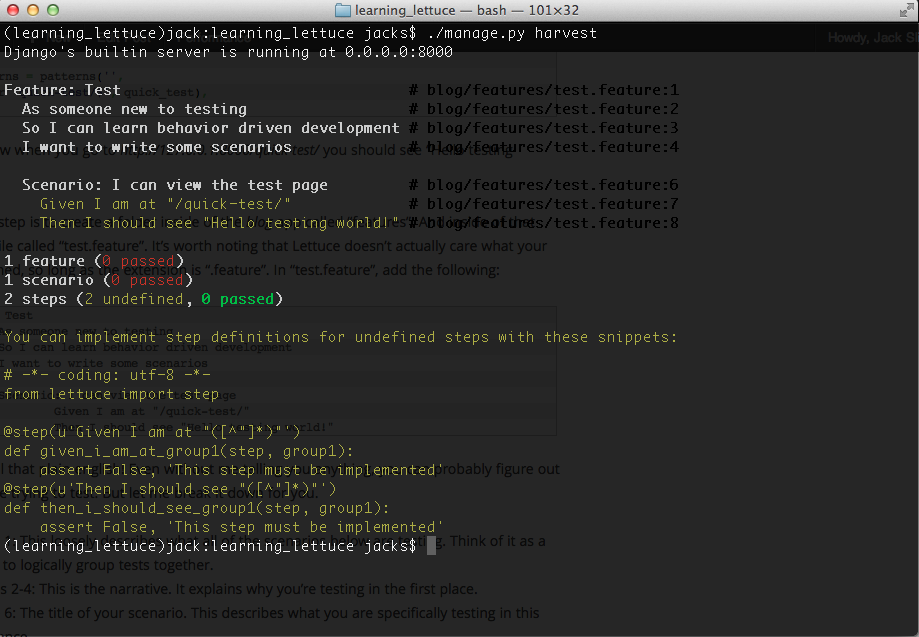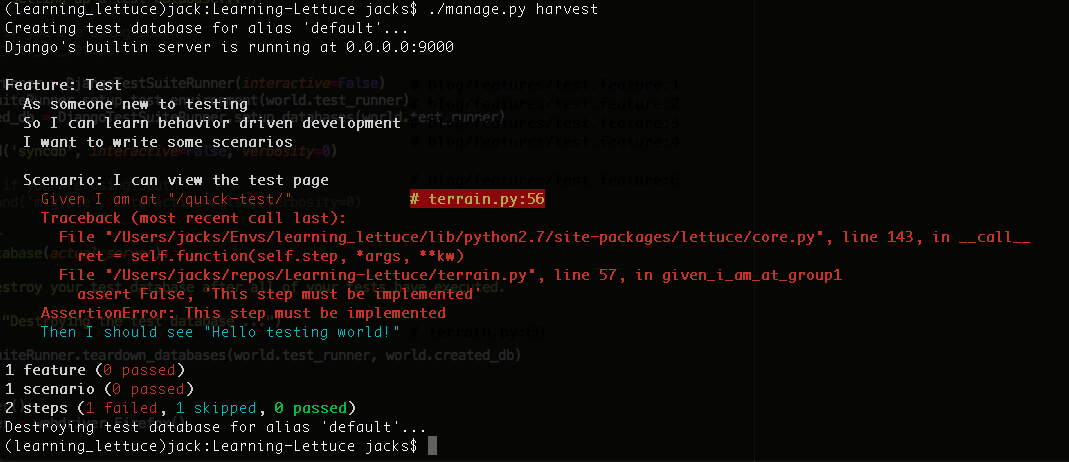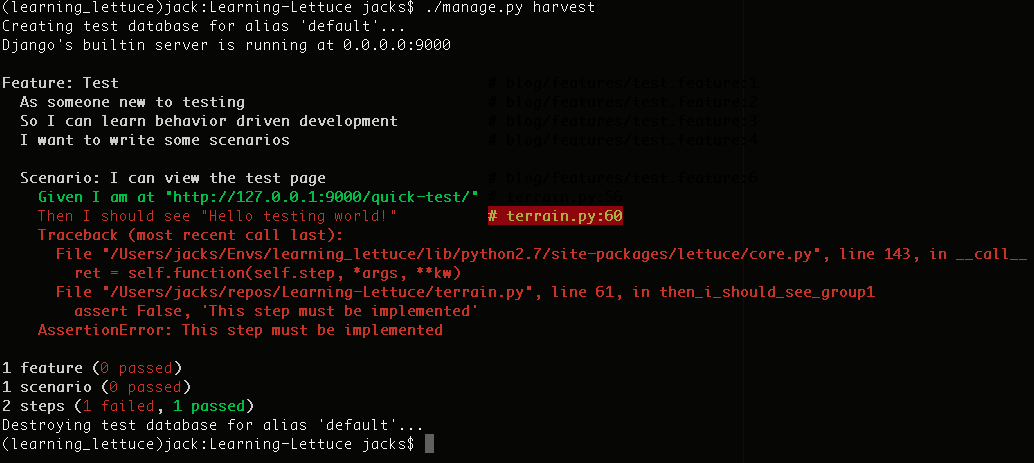Python 3.14.0 dropped on October 7, 2025, and honestly, it’s one of the more interesting releases we’ve had in a while. Not because of any single killer feature, but because of how many long-standing Python pain points it addresses. Template strings finally give us a proper way to handle untrusted input, free-threading is no longer experimental, and there’s a new interpreter implementation that can make your code run significantly faster.
Template Strings: Because F-Strings Weren’t Quite Enough
F-strings were great when they arrived in Python 3.6, but they’ve always had one problem: they evaluate everything immediately, which makes them dangerous for user input. Template strings (t-strings) fix this by creating a template object that you can process however you want.
from string.templatelib import Template
# Looks like an f-string, acts very differently
name = "World"
greeting: Template = t"Hello {name}"
# Here's why this matters
def html_safe(template: Template) -> str:
"""Auto-escape HTML to prevent XSS attacks"""
result = []
for item in template:
if isinstance(item, Interpolation):
# Automatically escape dangerous characters
safe_value = str(item.value).replace("<", "<").replace(">", ">")
result.append(safe_value)
else:
result.append(item)
return "".join(result)
# User input is now safe by default
user_input = "<script>alert('gotcha!')</script>"
safe_output = html_safe(t"<p>User said: {user_input}</p>")
# Output: <p>User said: <script>alert('gotcha!')</script></p>
The real power here isn’t just HTML escaping. You can build SQL query builders, shell command constructors, or any domain-specific language that needs to distinguish between literal strings and interpolated values. It’s the kind of feature that seems minor until you need it, then you wonder how you lived without it.
Free-Threading is Finally Real
The Global Interpreter Lock has been the subject of countless Python debates over the years. With 3.14, free-threaded builds are officially supported, not experimental. This means actual parallel execution across multiple cores.
What’s impressive is they’ve gotten the single-threaded performance penalty down to just 5-10%. Earlier experimental builds had much worse overhead, which made them impractical for general use. Now you can reasonably run free-threaded Python in production if you need the parallelism.
A word of caution though: not all C extensions are ready for free-threading yet. The popular ones are being updated, but check your dependencies before jumping in.
The Speed Improvements Are Real
Python 3.14 introduces a new interpreter that uses tail calls between small C functions instead of a giant switch statement. With Clang 19+ on x86-64 or AArch64, you might see up to 30% performance improvements.
Now, before you get too excited, there was some controversy here. Initial benchmarks showed even better numbers, but a compiler bug was discovered that was artificially slowing down the baseline. The real improvement is more like 3-5% in typical cases, with some workloads seeing up to 30%. Still solid, just not the miracle it first appeared to be.
To use this, you need to build Python with specific flags:
./configure --with-tail-call-interp --enable-optimizations
Annotations That Don’t Hurt Performance
One of those “finally!” moments: annotations are now evaluated lazily. This means two things. First, forward references work without quotes:
# Before Python 3.14
class TreeNode:
def add_child(self, child: "TreeNode") -> None: # Quotes required
self.children.append(child)
# Python 3.14
class TreeNode:
def add_child(self, child: TreeNode) -> None: # Just works
self.children.append(child)
Second, and perhaps more importantly, defining annotations no longer has a runtime cost unless you actually introspect them. For large codebases with extensive type hints, this can noticeably improve import times.
The from __future__ import annotations import that many of us have been using is now deprecated, though it won’t be removed until after Python 3.13 reaches end-of-life in 2029. Plenty of time to migrate.
Exception Handling Gets a Minor Cleanup
Small syntax improvement that makes code slightly cleaner:
# Parentheses are now optional for multiple exceptions
try:
connect_to_server()
except TimeoutError, ConnectionRefusedError:
print("Network issues detected")
# Also works with except*
try:
process_batch()
except* ValueError, TypeError, KeyError:
print("Data validation failed")
Not revolutionary, but it’s one less thing to think about when writing exception handlers.
Actually Useful Developer Tools
The ability to attach a debugger to a running Python process is genuinely useful:
python -m pdb -p 1234 # Attach to process 1234
This uses a new safe debugging interface (PEP 768) that allows external tools to inject code at safe execution points. No more having to restart your application just to debug that one weird issue that only happens in production after running for three days.
For async code, there are new introspection tools:
python -m asyncio pstree 12345 # Show task hierarchy
python -m asyncio ps 12345 # List all tasks
These give you visibility into what your async tasks are actually doing, which anyone who’s debugged a hung asyncio application will appreciate.
Zstandard Compression Built In
Facebook’s Zstandard compression algorithm is now included:
from compression import zstd
data = b"Your data here" * 1000
compressed = zstd.compress(data, level=3)
decompressed = zstd.decompress(compressed)
# Integrated with tarfile and zipfile
import tarfile
with tarfile.open("archive.tar.zst", "w:zst") as tar:
tar.add("large_file.dat")
Zstandard offers better compression ratios than gzip with similar or better speed. Having it built-in means one less external dependency for applications that need modern compression.
Multiple Interpreters in the Same Process
This is one of those features that most developers won’t use directly, but it enables interesting architectural patterns:
from concurrent.interpreters import Interpreter
with Interpreter() as interp:
interp.run("""
# Completely isolated execution environment
import sys
print(sys.version)
""")
Each interpreter is isolated with its own GIL (in non-free-threaded builds), modules, and global state. Think of it as multiprocessing’s isolation with threading’s efficiency. Useful for plugin systems, sandboxing, or any scenario where you need isolated Python execution without separate processes.
Breaking Changes Worth Noting
Multiprocessing on Linux
The default start method changed from fork to forkserver on Linux. This is safer (avoids various threading-related issues) but can break code that relies on fork’s copy-on-write behavior or shared global state.
If your multiprocessing code breaks after upgrading:
import multiprocessing as mp
# Force the old behavior
ctx = mp.get_context('fork')
with ProcessPoolExecutor(mp_context=ctx) as executor:
# Your code here
pass
Better yet, fix your code to not rely on fork-specific behavior. The forkserver method is more robust.
Union Type Changes
The old typing.Union and new union syntax (|) now create the same runtime type:
from typing import Union
# These create identical objects now
Union[int, str]
int | str
# This means repr() output changed
print(repr(Union[int, str])) # Shows: "int | str"
Most code won’t care, but if you’re doing runtime type introspection, be aware that Union[int, str] is Union[int, str] is no longer guaranteed to be True (unions aren’t cached anymore).
Other Improvements Worth Mentioning
The incremental garbage collector is a big deal for applications with large heaps. Instead of stop-the-world collections that could pause your application for hundreds of milliseconds, the new GC spreads the work across multiple smaller increments. If you’ve ever seen GC spikes in your application metrics, this should help considerably.
The REPL now has syntax highlighting by default. After years of staring at monochrome Python prompts, this is surprisingly pleasant. You can disable it if you want, but I’m not sure why you would.
Error messages continue to improve. The interpreter now catches common typos in keywords and offers suggestions. It also provides better messages for unpacking errors and various syntax mistakes. These might seem minor, but they add up to a much better development experience, especially for beginners.
Should You Upgrade?
If you’re starting a new project, absolutely use 3.14. The performance improvements alone make it worthwhile, and the new features are genuinely useful.
For existing projects, the upgrade path is relatively smooth. The multiprocessing change on Linux is the biggest potential issue. Run your test suite, check your multiprocessing code if you’re on Linux, and you should be fine.
The free-threading build is interesting but probably not ready for most production use cases yet. Give it another release or two for the ecosystem to catch up. The JIT compiler is in a similar position—promising but still experimental.
Bottom Line
Python 3.14 feels like a release focused on fixing long-standing issues rather than adding flashy new features. Template strings address the string interpolation security problem. Lazy annotations fix the forward reference annoyance. The incremental GC reduces pause times. Free-threading provides an official path forward for true parallelism.
None of these changes are revolutionary on their own, but together they make Python noticeably better. It’s the kind of release that makes you realize how many small pain points you’d just gotten used to working around.
Check the official Python downloads page for binaries and the full release notes for complete details.
WordPress Tags
Python, Python 3.14, Programming, Software Development, Python Tutorial, Web Development, Performance Optimization, Parallel Programming, Template Strings, Free Threading, Python GIL, Asyncio, Python JIT, Developer Tools, Programming Languages, Software Engineering, Python Updates, Type Hints, Python Performance, Zstandard Compression
SEO Keywords
Primary Keywords:
- Python 3.14
- Python 3.14.0 features
- Python template strings
- Python free threading
- Python GIL removal
Secondary Keywords:
- Python performance improvements
- Python JIT compiler
- Python deferred annotations
- Python asyncio improvements
- Python multiprocessing forkserver
- Zstandard compression Python
- Python remote debugging
- Python incremental GC
- Python UUID v6 v7 v8
- Python 3.14 breaking changes
Long-tail Keywords:
- What’s new in Python 3.14
- Python 3.14 template strings tutorial
- How to use Python free threading
- Python 3.14 performance benchmarks
- Migrating to Python 3.14 guide
- Python 3.14 vs Python 3.13 comparison
- Python without GIL performance
- Python tail call interpreter setup
